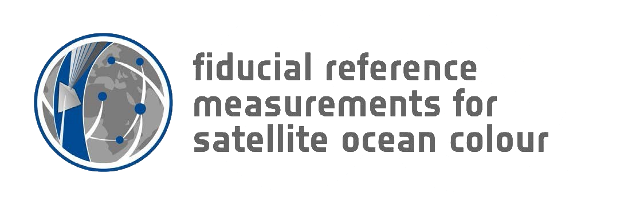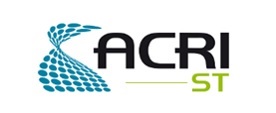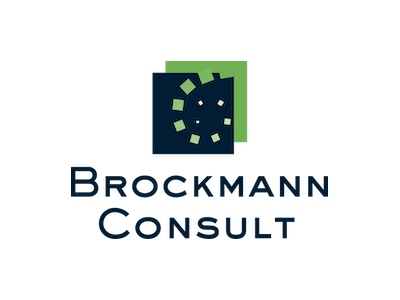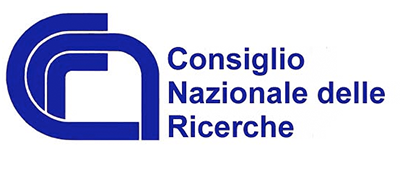Fiducial Reference Measurements (FRM) are a suite of independent, fully characterised, and metrologically traceable ground measurements that follow the guidelines outlined by the Quality Assurance Framework for Earth Observation (QA4EO) of the Committee on Earth Observation Satellites (CEOS). These FRM provide the maximum Return On Investment (ROI) for Copernicus satellite missions by delivering, to users, the required confidence in data products, in the form of independent validation results and satellite measurement uncertainty estimation, over the entire duration of a mission. Within this context, the European Space Agency (ESA) has initiated a series of projects over the years targeting the validation of satellite data products (atmosphere, land, and ocean) and set up the framework, standards, and protocols for future satellite validation efforts.
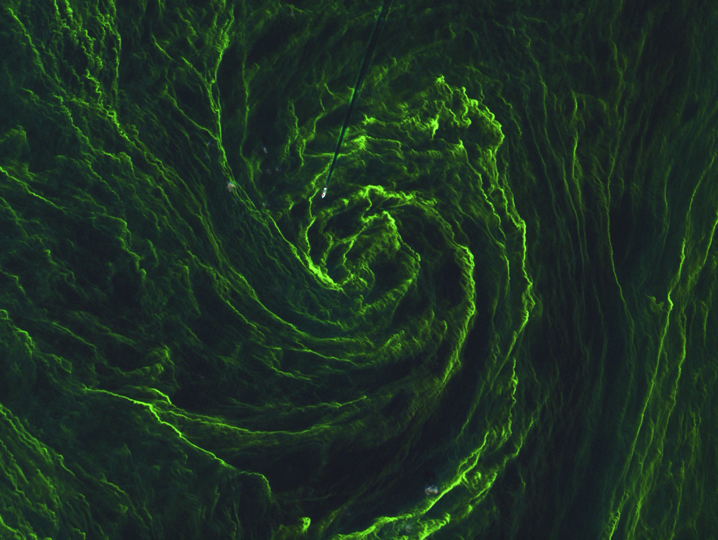
Eye of an algal storm. Copernicus Sentinel data (2015). By ESA.
In 2016 – 2019 the FRM4SOC (Fiducial Reference Measurements for Satellite Ocean Colour) project was funded by the European Space Agency (ESA) to improve ocean colour validation through a series of proof-of-concept tasks. These included developing measurement protocols and organising laboratory and field inter-comparisons by following the principles and guidelines endorsed by the Committee on Earth Observation Satellites (CEOS).
The FRM4SOC Phase 2 was launched by EUMETSAT in April 2021 and builds on the achievements of the first FRM4SOC study.
The main goal of the FRM4SOC Phase-2 project is to expand the Copernicus FRM capabilities further and ensure the adoption of FRM principles across the ocean colour community.
This will be achieved through
- developing a network of radiometric measurements with confirmed compliance to FRM quality requirements (FRMOCnet);
- completing the essential laboratory and field activities started in Phase 1;
- developing the tools, protocols, procedures and datasets needed to set up a network of FRM-certified OC instruments, including the calibration, characterisation and deployment history of such instruments (FRMOCnet) and demonstrate its operation.
The FRMOCnet will start with the most common hand-deployed or stationary field hyperspectral radiometer types (TriOS and HyperOCR), as identified in the FRM4SOC Phase 1 study. The network will be based on advanced calibration and characterisation (cal/char) guidelines to establish the metrological traceability of measurement results to the units of SI with related uncertainty evaluation for these radiometer types. The radiometers and their operators in this network will be tagged according to their “FRM status”. The measurement protocols will be enhanced; a community processor will be developed to process the radiometric data in a standardised way and to include detailed FRM uncertainty propagation and SI traceability. The developed tools, protocols and uncertainty budgets will be tested and validated in dedicated laboratory and field intercomparison exercises. A Copernicus Database for in situ Ocean Colour measurements (OCDB, available to the community at ocdb.eumetsat.int since 2019) to collect, host, and ensure long-term stewardship of FRM quality ocean colour related in situ measurement data will be under continuous upgrading and will be maintained as a part of the FRM4SOC Phase 2.
The FRM4SOC Phase 2 project is funded by the European Commission and implemented by EUMETSAT. The consortium is led by Tartu Observatory, University of Tartu (Estonia). Project partners are Brockmann Consult GmbH (Germany), Plymouth Marine Laboratory (United Kingdom), National Physical Laboratory (United Kingdom), ACRI-ST (France), National Research Council, CNR (Italy), EOScience (G. Zibordi), and the Royal Belgian Institute of Natural Sciences.
Find us at the "Contact" page for further details and questions.

